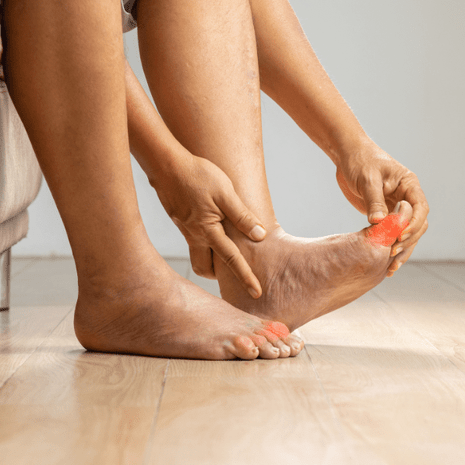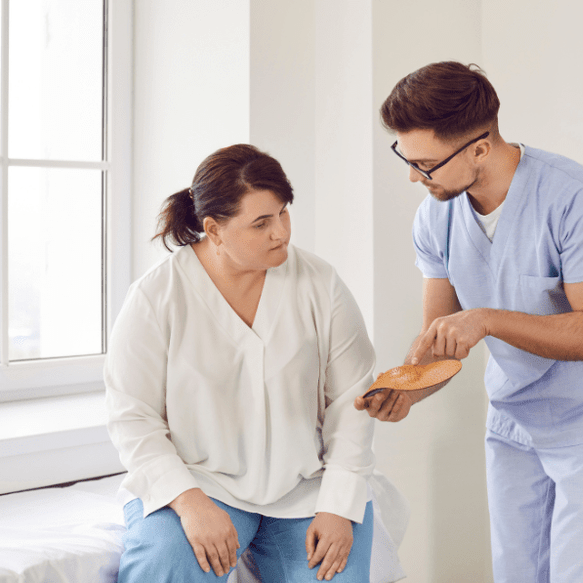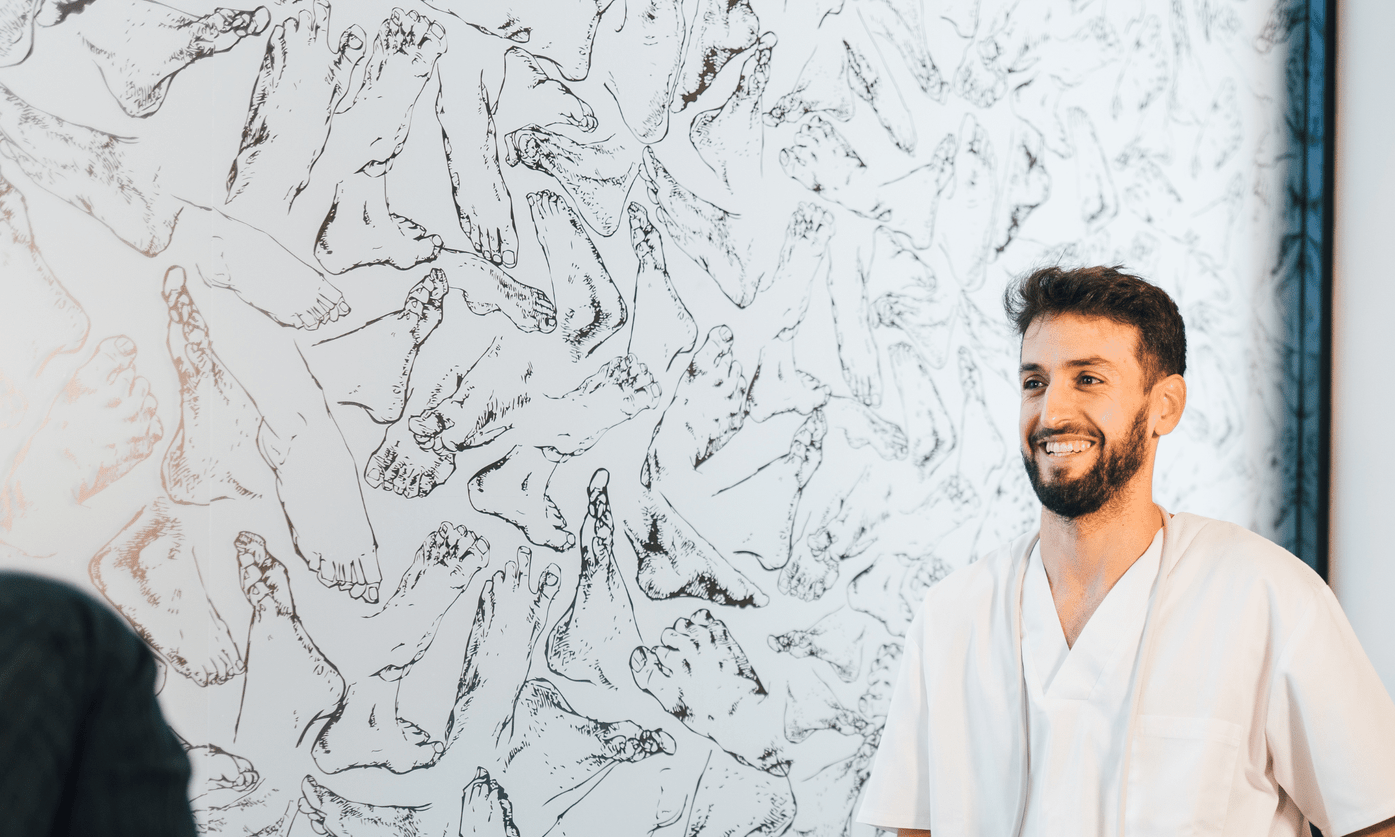Arthritis in the Foot Treatment at Foot Foundation
Arthritis in the foot can make every step painful—whether osteoarthritis, rheumatoid, psoriatic, or post-traumatic. Accurate localisation drives effective care.
At Foot Foundation, we offload painful joints with orthotics and footwear, restore movement with manual therapy and rehab, and coordinate medical or surgical pathways when needed.
What is Arthritis in the Foot?
Arthritis is the degeneration or inflammation of joints, leading to pain, stiffness, and loss of function. The foot contains over 30 joints, any of which may be affected. Arthritis in the foot is common and can be degenerative (osteoarthritis), inflammatory (rheumatoid, psoriatic, gout), or post-traumatic following injuries such as fractures or sprains.
Unlike hip or knee arthritis, foot arthritis can be more disabling because it directly interferes with standing, walking, and balance. At Foot Foundation, we specialise in diagnosing the type and location of arthritis and providing tailored care to reduce pain, improve mobility, and maintain independence.
Common Types of Foot Arthritis
Osteoarthritis (OA): “wear-and-tear” arthritis due to cartilage breakdown, often affecting the big toe (hallux rigidus), midfoot, or ankle.
Rheumatoid arthritis (RA): autoimmune disease causing joint inflammation and deformity.
Psoriatic arthritis: associated with psoriasis, affecting toes and midfoot.
Gout: uric acid crystal deposits causing sudden, painful joint attacks (often the big toe).
Post-traumatic arthritis: arthritis developing after fractures or recurrent ankle sprains.
Causes & Risk Factors
Age-related cartilage degeneration
Previous injuries such as fractures, sprains, or ligament tears
Systemic inflammatory conditions including rheumatoid arthritis, lupus, or psoriatic arthritis
Metabolic disease such as gout or diabetes
Family history of arthritis
Overweight or obesity increasing mechanical stress
Flat feet or high arches causing abnormal joint load
Treatment at Foot Foundation
Custom orthotics – offload arthritic joints and improve biomechanics
Footwear advice – cushioned shoes, rocker soles to reduce joint strain, extra depth for swelling/deformity
Manual therapy & mobilisation – maintain joint range and reduce stiffness
Shockwave therapy – for associated tendon or soft tissue pain
Exercise programs – strengthening, flexibility, and balance exercises to protect joints
Strapping or bracing – stabilise and support painful joints
Pain management strategies – load modification, pacing, activity changes
Referral for medical or surgical care – for corticosteroid injections, disease-modifying drugs (RA/psoriatic arthritis), or surgery (fusion, joint replacement) in severe cases
Symptoms
Persistent joint pain, worse with activity or weight-bearing
Stiffness, particularly in the morning or after rest
Swelling and warmth around the joints
Reduced range of motion, with difficulty bending or straightening toes or the foot
Crepitus, a grinding or cracking sensation in the joints
Deformity such as bunions, claw toes, or collapsed arches
Difficulty with footwear due to swelling or deformity
Diagnosis
At Foot Foundation, diagnosis includes:
Clinical examination: range of motion, joint tenderness, swelling, deformity
Gait analysis: assessing biomechanics and pressure distribution
Imaging:
X-ray – joint space narrowing, bone spurs, subchondral sclerosis
Ultrasound – inflammation, synovitis
MRI – cartilage or soft tissue detail in complex cases
Blood tests – if inflammatory arthritis or gout is suspected
Arthritis in the Foot – FAQs
Early signs include joint pain, stiffness, and swelling, often worse in the morning or after activity. Patients may also notice reduced flexibility and difficulty fitting into shoes.
The big toe (hallux rigidus), midfoot joints, and ankle are the most common sites of arthritis in the foot. Rheumatoid arthritis often affects multiple small joints.
Causes include cartilage degeneration (osteoarthritis), autoimmune disease (rheumatoid, psoriatic arthritis), gout, or post-traumatic changes after injuries.
Diagnosis involves a clinical examination and imaging. X-rays show structural changes, while MRI and ultrasound assess cartilage and inflammation. Blood tests help identify inflammatory or metabolic causes.
Yes. Orthotics redistribute pressure, reduce joint strain, and improve comfort. Rocker soles and custom insoles are particularly helpful for midfoot and big toe arthritis.
Supportive shoes with cushioning, wide toe boxes, and rocker soles are recommended. Minimal footwear and high heels should be avoided.
Yes. Low-impact exercise (cycling, swimming) and targeted strengthening/flexibility programs help maintain joint health, reduce stiffness, and protect function.
Shockwave therapy does not treat cartilage directly but can be highly effective for associated tendon and soft tissue pain around arthritic joints.
Surgery is only considered in severe cases where conservative care fails. Options include joint fusion, joint replacement, or osteotomy depending on the affected joint.
If you have ongoing foot pain, stiffness, or swelling lasting more than two weeks, or difficulty walking, a podiatry assessment is recommended. Early care slows progression and improves long-term outcomes.
Why Choose Foot Foundation?
Foot Foundation provides specialist care for foot arthritis, addressing both local joint problems and systemic causes. We combine orthotic therapy, footwear optimisation, manual therapy, and exercise prescription to reduce pain and protect function.
With clinics in Rosedale, Takapuna, Remuera, Botany, Hamilton, and Tauranga, expert arthritis care is available across New Zealand.




